Colossal asteroid to pass Earth closely today, reveals NASA; Know size, speed and more
In a new development, NASA has revealed that a colossal skyscraper-sized asteroid is expected to pass Earth by a close margin today, December 21. Know its speed, size, distance of approach, and other details, as per the space agency.
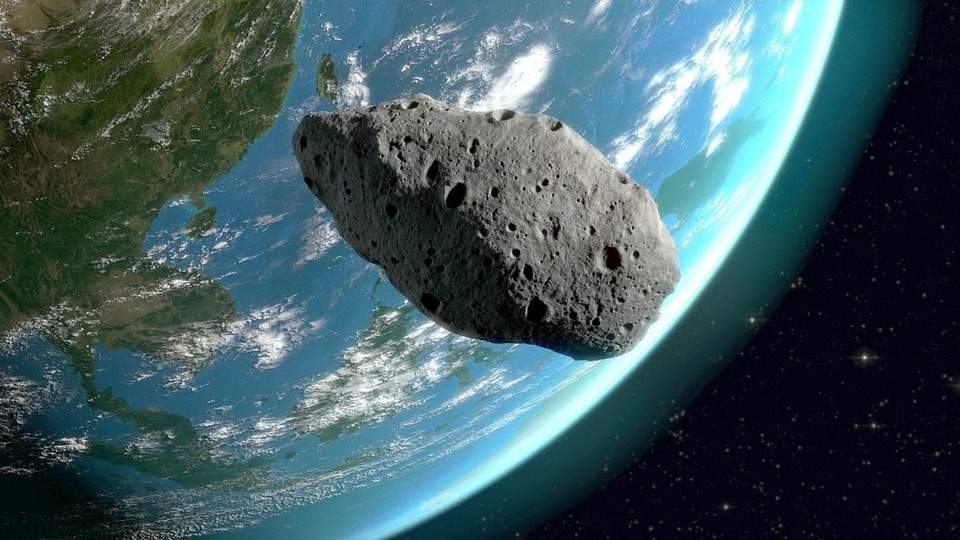
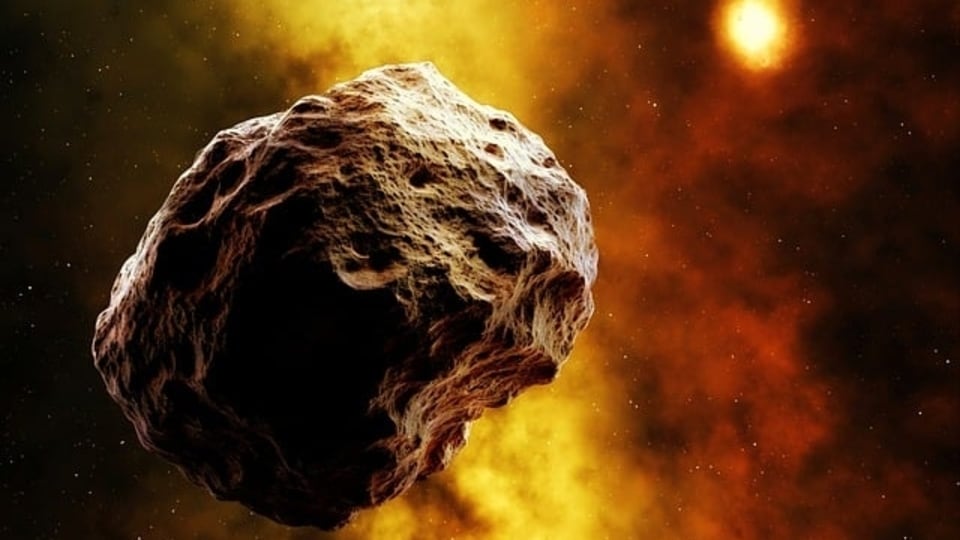
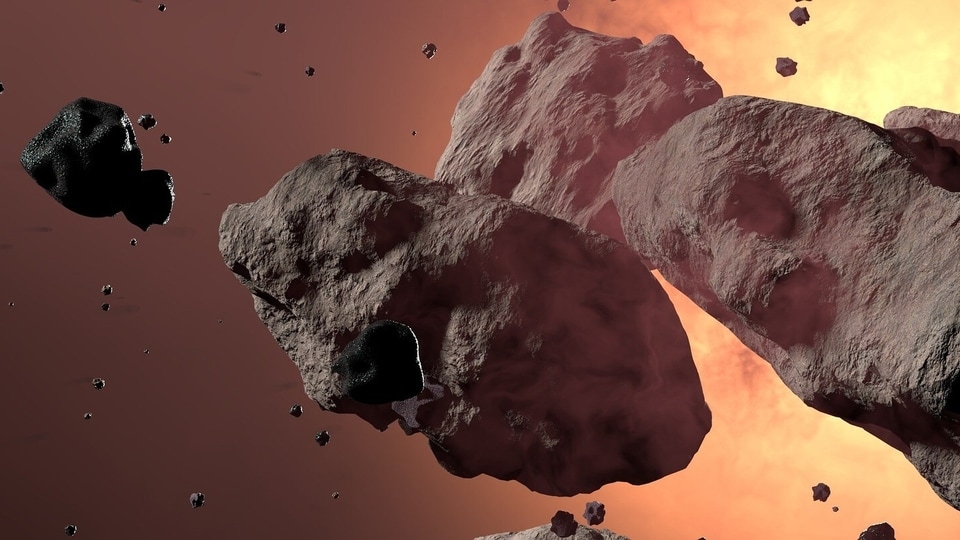

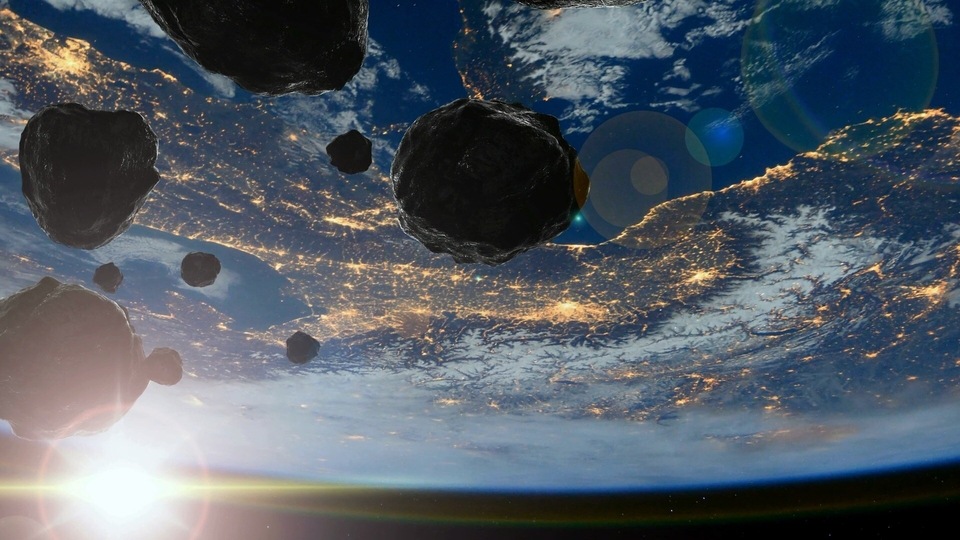
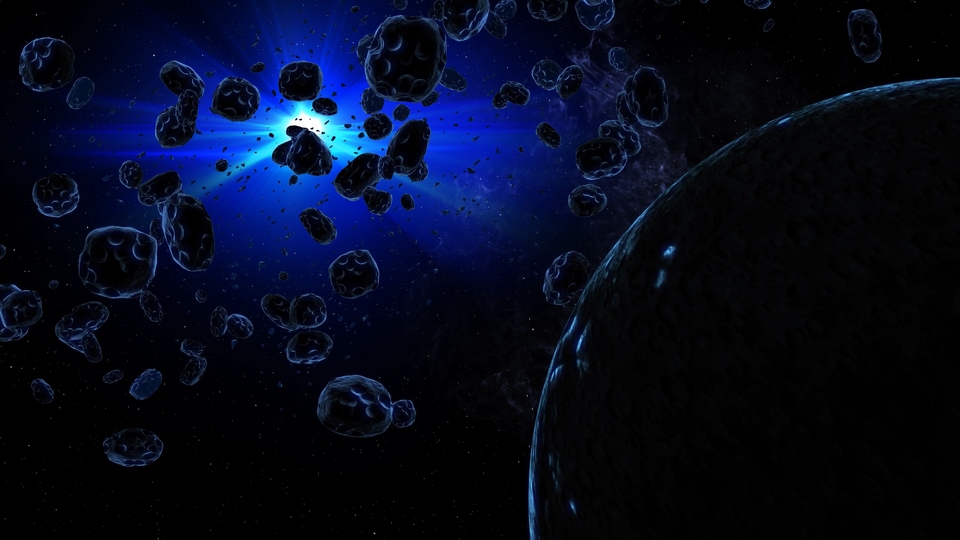
 View all Images
View all ImagesNASA has a suite of advanced tech equipment used for observing and monitoring Near-Earth Objects (NEOs) such as asteroids, comets, and more. Using these, the US space agency has revealed that the orbits of two asteroids will bring them close to Earth today. One of them is a colossal asteroid that has been declared as a ‘Potentially Hazardous Object'. This space rock was spotted by NASA's Defense Coordination Office (PDCO), which is responsible for monitoring the skies and keeping a watch on various Near-Earth Objects (NEOs). Know the details of its close approach.
Asteroid 2018 YJ2: Details of close approach
As per the Center for Near-Earth Object Studies (CNEOS), the asteroid has been designated as Asteroid 2018 YJ2. This near-Earth space rock is expected to make its closest approach to the planet at a distance of 7 million kilometers. It is moving towards Earth at a breakneck speed of approximately 47012 kilometers per hour, which is much faster than an Intercontinental Ballistic Missile (ICBM)!
NASA says this space rock belongs to the Apollo group of Near-Earth Asteroids, which are Earth-crossing space rocks with semi-major axes larger than Earth's. These asteroids are named after the humongous 1862 Apollo asteroid, discovered by German astronomer Karl Reinmuth in the 1930s.
Asteroid 2018 YJ2 has passed Earth before and this is not its first close approach to Earth. This asteroid passed Earth for the first time ever on May 31, 1902, at a distance of about 34 million kilometers. After today, it will come close to Earth again on May 28, 2027, at a distance of 49 million kilometers.
How big is the asteroid?
NASA has designated it as a Potentially Hazardous Asteroid due to its colossal size. This means that if the space rock were to ever impact Earth, the consequences would be disastrous for not only the planet but for the human race too. In terms of size, it is nearly 480 feet wide, which makes it almost as big as a skyscraper!
It is almost 10 times as big as the Chelyabinsk asteroid that exploded over the Russian city in 2013, damaging 7000 buildings and injuring 1000 people with glass shards flying around.
Catch all the Latest Tech News, Mobile News, Laptop News, Gaming news, Wearables News , How To News, also keep up with us on Whatsapp channel,Twitter, Facebook, Google News, and Instagram. For our latest videos, subscribe to our YouTube channel.
































